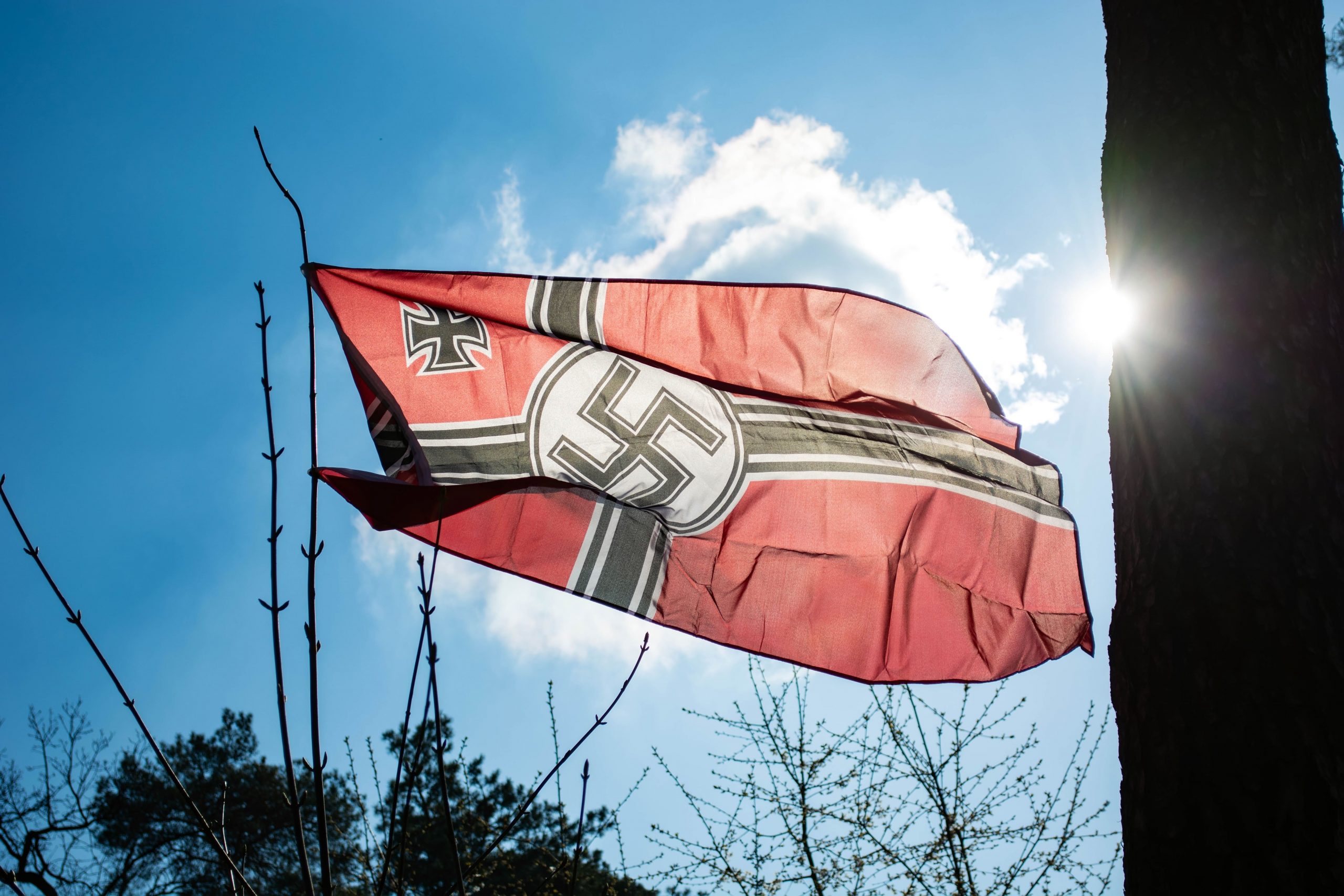Share This Article
ArrayThree men have been charged over allegedly displaying a Nazi symbol during a soccer match between Sydney United 58 and Macarthur FC, under new NSW laws.
The match took place at Parramatta’s Commbank Stadium on Saturday 1 October 2022.
Police begun their investigation after the game, due to receiving reports that alleged hate-crime incidents had occurred.
Footage from the match went viral, with fans widely condemned after it was shown that men were allegedly raised their arms in apparent ‘Sieg Heil’ Nazi salutes.
It is also alleged that other fans sang a chant which is associated with a Croatian far-right movement.
The chant, “Za Dom – spremni!” or “For homeland – ready!”, was used during World War II by the Croatian Ustaše movement which collaborated with Italy and Germany.
Detectives were tasked with extensively reviewing broadcast and CCTV footage from throughout the match and the evening, seeking to identify those involved.
The inquiries conducted resulted in a 24-year-old Beverley Park man being charged with knowingly display by public act Nazi symbol without excuse, as well as a 44-year-old man from Doonside and a 45-year-old man from Wetherill Park.
The trio are due to appear before Parramatta Local Court on Wednesday 19 April 2023.
Following the match, the actions of the fans were condemned by NSW Premier Dominic Perrottet who stated that those involved should face lifetime bans from attending soccer matches.
The state government introduced laws criminalising displaying Nazi symbols in August 2022.
This case can be identified as the first ‘high profile’ matter involving the new offence.
The laws were prompted by concerns regarding a rise in right-wing extremism, spurred by the COVID pandemic, with it claimed that lockdowns led to increased recruitment and online engagement.
In 2020 alone, it was reported that there were 31 instances where police were notified about a Nazi flag being displayed.
This included an incident in which a Nazi flag was displayed on the veranda of a Newtown home, only 350m from a local synagogue.
Nazi Symbol Public Display Offences in New South Wales
The Crimes Amendment (Prohibition on Display of Nazi Symbols) Bill 2022 amended the Crimes Act 1900 (NSW).
In New South Wales, it is an offence to public display a Nazi symbol. As per section 93ZA of the Crimes Act 1900 (NSW), a person who knowingly displays a Nazi symbol by public act and without reasonable excuse, commits an offence.
It imposes a maximum penalty of a $11,000 fine and/or 12 months imprisonment for an individual, and a $55,000 fine for a corporation.
The Act notes that the display of a swastika in connection with Buddhism, Hinduism or Jainism does not constitute the display of a Nazi symbol.
It further provides that a reasonable excuse includes where the display of a Nazi symbol is done ‘reasonably and in good faith’ for academic, artistic, or educational purposes, as well as any other purpose related to the public interest.
To be considered, a ‘public act’, the act can involve:
- any form of communication (including speaking, writing, displaying notices, playing of recorded material, broadcasting, and communicating through social media and other electronic methods) to the public,
- any conduct (including actions and gestures and the wearing or display of clothing, signs, flags, emblems, and insignia) observable by the public, and
- the distribution or dissemination of any matter to the public.
Notably, the Act does not define the term ‘Nazi symbol’ with the Parliament instead intending to rely upon the ordinary meaning.
In the second reading speech, given by introducing member Gabrielle Upton, she noted how the term ‘Nazi’ is well understood to refer to membership of the National Socialist German Workers’ Party led by Adolf Hitler, as well as wider ideologies of fascism, racism, and antisemitism.
In the modern day, it is understood to also refer to individuals who sympathise with these ideologies, including ‘modern neo-Nazis’, as noted by Upton.
The offence is thus intended to capture well-known Nazi symbols such as the Nazi flag, the Hakenkreuz (swastika), and ‘Sieg Heil’ salutes, as well as lesser-known symbols.
By Poppy Morandin.
Book a Lawyer Online
Make a booking to arrange a free consult today.
Call For Free Consultation
Call Now to Speak To a Criminal Defence Lawyer
Over 40 Years Combined Experience
Proven SuccessAustralia-Wide
Experienced LawyerGuarantee
 (02) 8606 2218
(02) 8606 2218
 (02) 8606 2218
(02) 8606 2218












